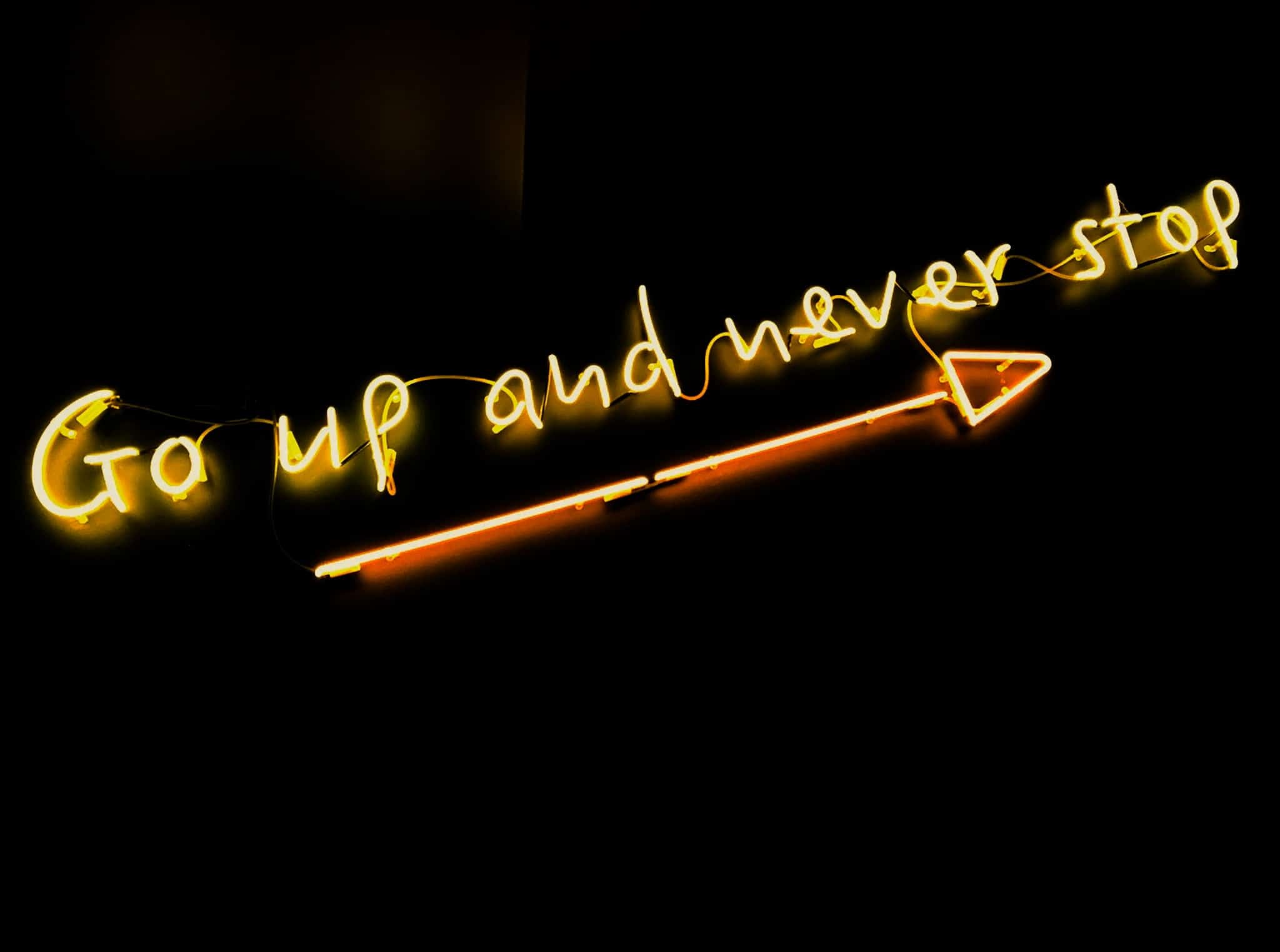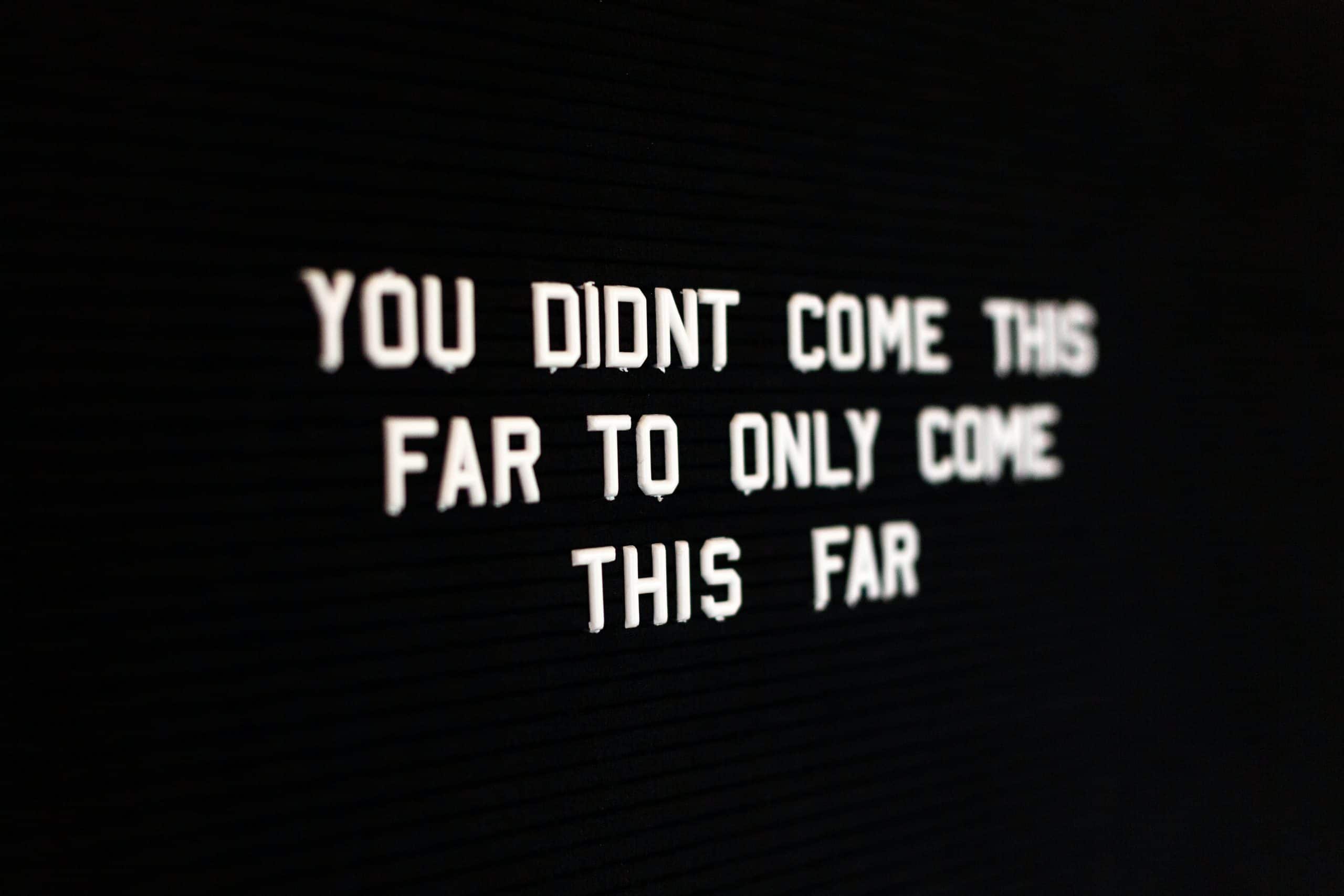Factors to consider when pricing your artwork
Understanding the growing Art Market of today is key to knowing how to price your artwork. Whether you are an art or photographer enthusiast or a professional, we have put together an Online Art Trends Survey to help you recognise where you could best sell your art and even guide you in your approach to pricing your art.
Online art sales are growing fast and there are big opportunities for both artists to take advantage, as well as online art sales facilitators to capitalise on this trend over the next few years.

Online Art Trends 2017 Report
We have just released our report entitled ‘Online Art Trends 2017’ and the findings challenge previous results from similar art reports, such as Hiscox. Compared to the 672 participants in the Hiscox report, we surveyed 10,000 users. In our report we asked the reasoning to purchase art and found that:
- 53% were motivated by aesthetics
- 41% were motivated by an emotional connection
- 6% were motivated by investment, compared to Hiscox’s report suggesting that 61% of art buyers were motivated by investment.
In our report we also found that 86% of art purchased had a price tag of less than £500, compared to Hiscox’s report where they found the majority of their respondents had bought art over the £500 price tag.
The comparison between the two surveys reveals differing motivations for purchasing at different price levels and therefore gives valuable insight in terms of the pricing and sales strategies for online galleries and artists wishing to capitalise on this huge growth of online art sales.
Download the Online Art Trends Report here

Pricing Strategy
Whether you are new to the art-selling industry, or an accomplished artist wanting to verify the pricing of your artwork, you should always take into consideration the cost of materials, labor, the size of the artwork as well as researching similar artists selling.
- For emerging artists, we recommend pricing your work up to £100. When you price at this level, the only consideration to generate confidence to buy is to demonstrate quality of production and connect on an emotional, narrative, conceptual or aesthetic level. In other words, buyers will buy at this price point from entirely new artists if they like the work and connect with it and believe it to be well made.
- For artists who have established their brand and understand the art market and where their work fits within it, we recommend the £100-£500 market. You have established your artistic style and you have developed some trust within the art market. You probably would have had some exhibitions and some press coverage.
- The £500+ price bracket is where investment really starts to become more of a consideration for buyers. Unless we are talking about large handmade pieces or pieces that have some other intrinsic value, then at this price level and above then you may have to show that your work has had public and critical appreciation to generate siginificant sales. This is particularly true of print editions.
Knowing when to raise your prices of your artwork can also be a challenge. When your work is selling well consistently over a period of time, there is a demand for your art and you have established your brand and identity, then you would be able to justify increasing your prices. Additionally if you have recently received any awards or have taken part in a successful exhibition, you could consider raising your prices.
Download the Online Art Trends Report here.
These recommendations are rules of thumb, based on our survey findings as well as our experience in the art market. There are of course many exceptions and few certainties and everyone’s experience is as unique as the work they create.

